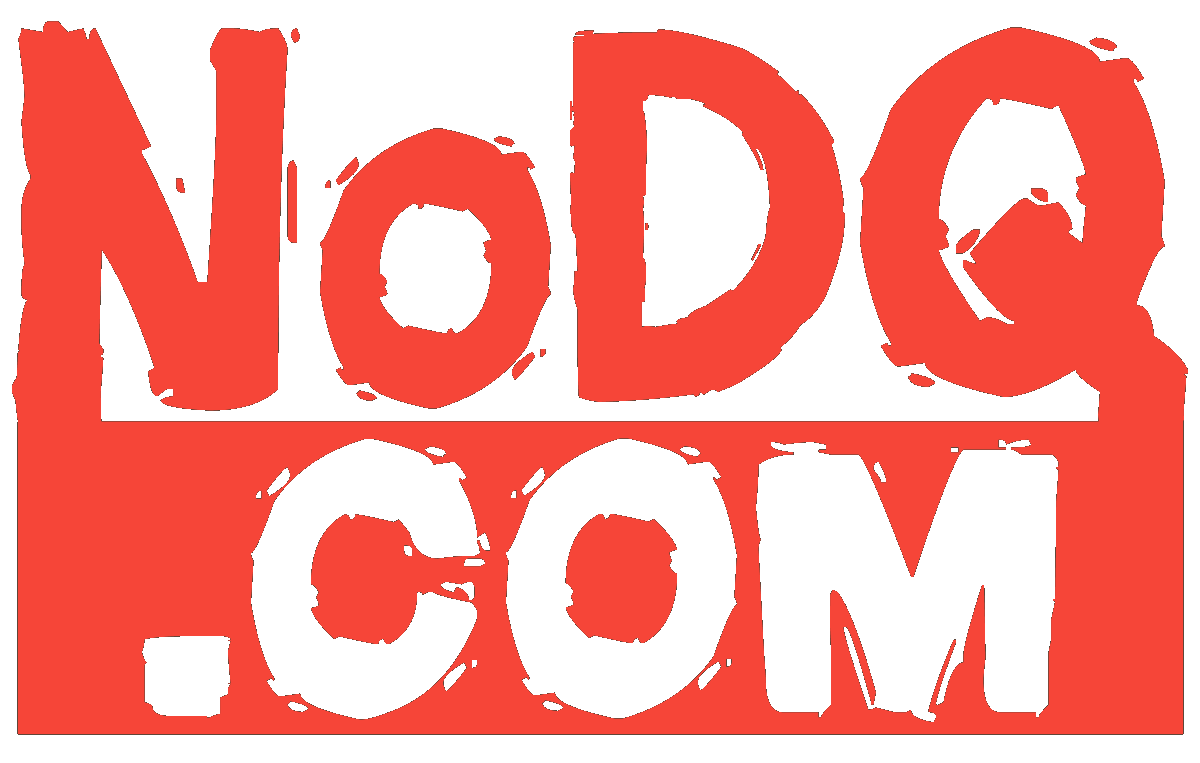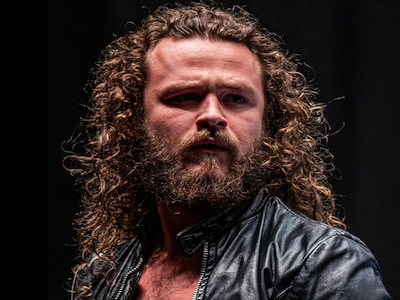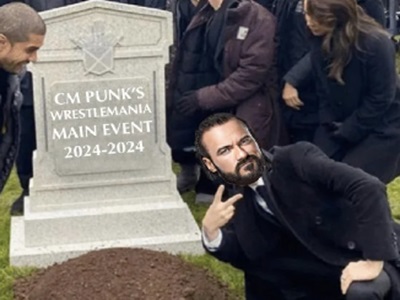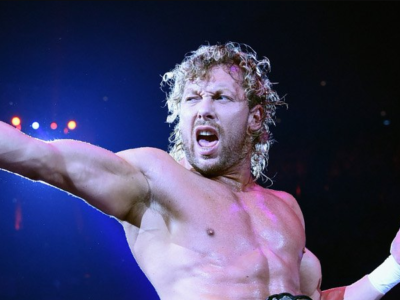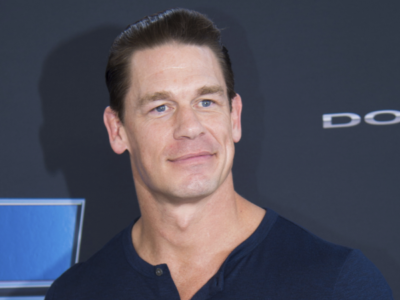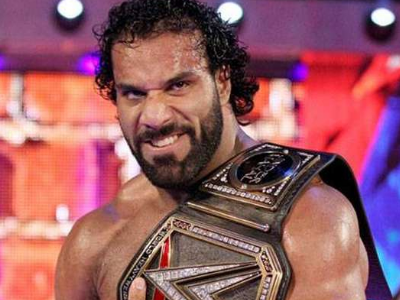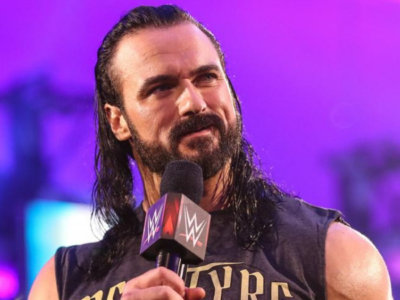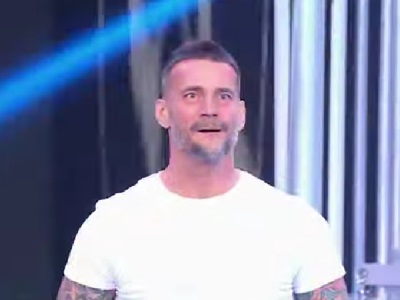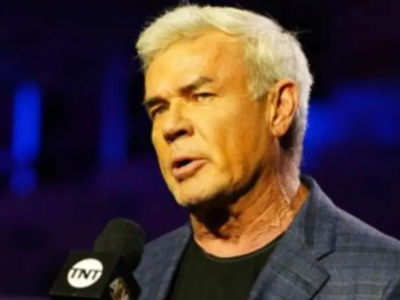Eric Bischoff opens up about plans he had for WCW relaunch
In a special edition of 83 Weeks to reflect on the 20-year anniversary of WCW being sold to WWE, Eric Bischoff talked about plans he had for WCW’s relaunch prior to WWE purchasing the company…
“I wanted and needed to keep Tony [Schiavone] on the team, behind the scenes and in front of the camera. But I was also interested in Joey Styles. We would’ve had four hours of TV to do in primetime. There was plenty of room for great announcers. If you look at some of the things I did, I would change announce teams out. One announcer team in the first hour, once announce team in the second hour. It wasn’t because I thought one team was better than the other team. It was two different teams, therefore it felt like two different shows to a degree. You didn’t lose viewers because they were hearing the same voice over and over and over again. So, changing up the chemistry and energy and delivery helped make Nitro feel like a two-hour show that was over with in 45 minutes, as opposed to a two-hour show that felt like it was a four-hour show. There would’ve been plenty of room for announcers.”
“Jerry [Lawler] called me. I never had a conversation with Jerry, but we hadn’t crossed paths and we hadn’t talked on the phone. I was in Los Angeles, and I’m driving and get a phone call from Jerry. We chatted for a few minutes and he let me know that he was free and knew I had something going and wanted to know if I was interested. I said absolutely, let’s follow this up. Nothing ever came of it, but I would’ve done something with him for sure.”
“I wanted to go dark. I petitioned for the longer we could go dark, the better. But there are some realities there – some cashflow realities that won the argument. I think it was in May, and we were gonna launch on a pay-per-view. My hope was by going dark, the absence makes the heart grow fonder factor would’ve started to kick in. In my opinion, had we stayed dark until the fall, it would’ve been even better but it just wasn’t practical from a cashflow perspective. And there with issues with TNT and programming. So, the compromise was May. I wanted to do it on pay-per-view, and my reason for it is because we would’ve had sufficient promotional time on TNT promoting that pay-per-view. So, the awareness, the buzz, the energy, the anticipation that we would’ve been able to build promoting it. By launching on pay-per-view instead of television, I’m not only getting the television promotion I’m gonna get anyway because of the deal we structured, but I’m gonna get all these other opportunities from pay-per-view companies around the United States generating the launch of this new version of WCW. It was a strategic decision because I thought it would benefit us in the long haul in terms of coverage. Fewer people would’ve watched it, and that was OK. If we had launched on TNT, we would’ve done two and a half or three million viewers. We would’ve had substantially less than two million viewers on pay-per-view. But the promotion that we would’ve enjoyed on the way to the pay-per-view, and the buzz we would’ve hopefully created at the pay-per-view, we would’ve followed up on the following week on Nitro when we finally did make it to air.”
(quotes courtesy of 411Mania.com)
